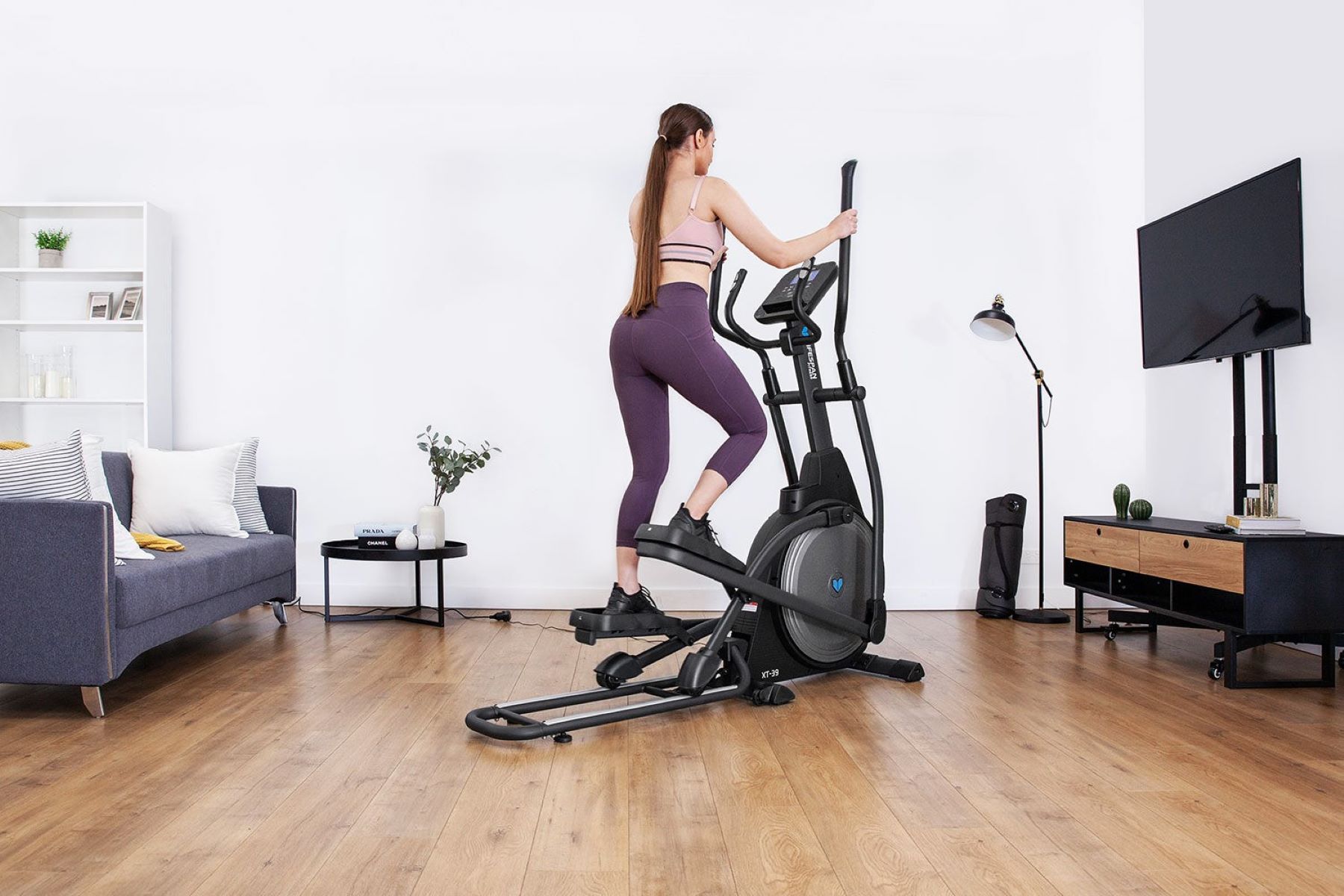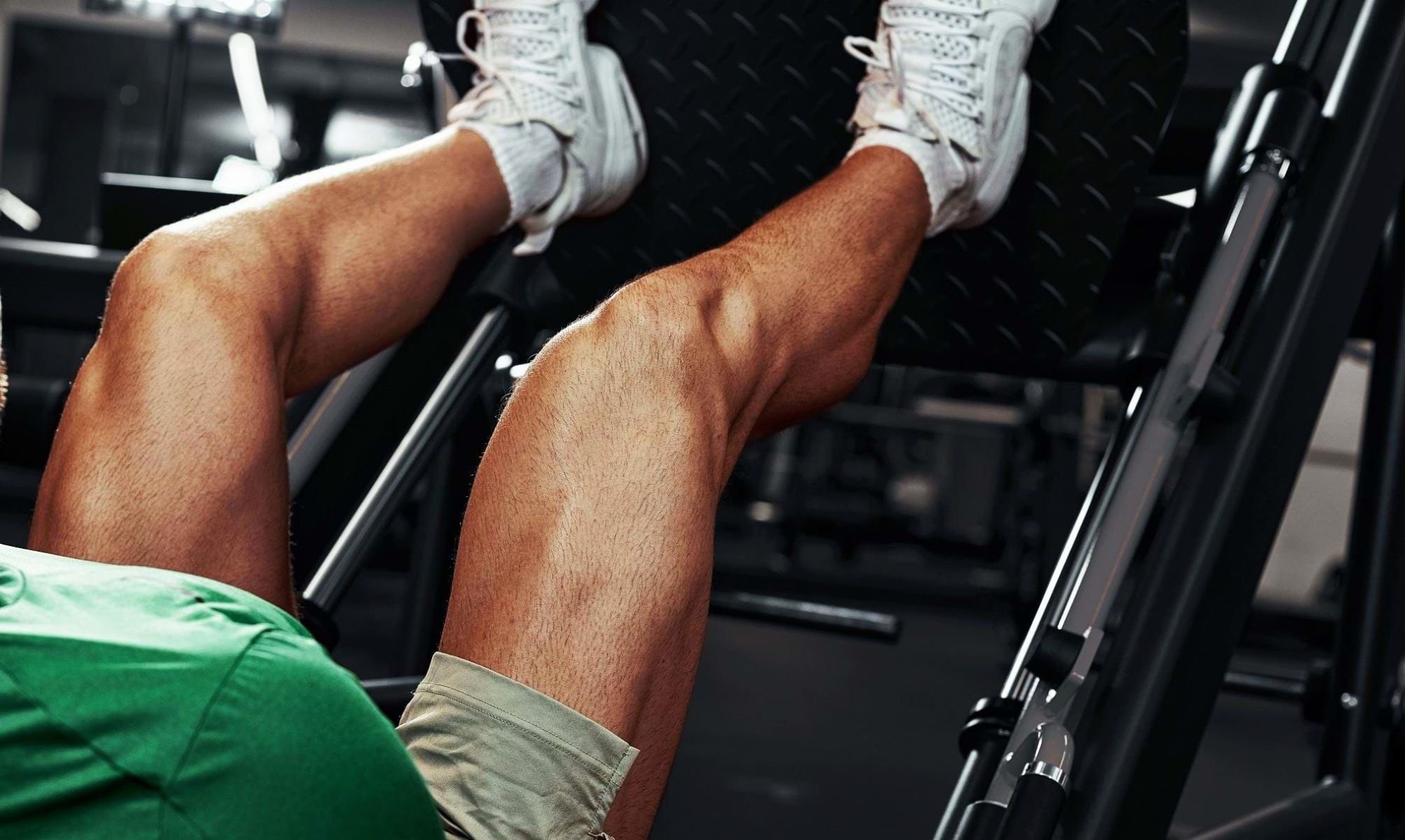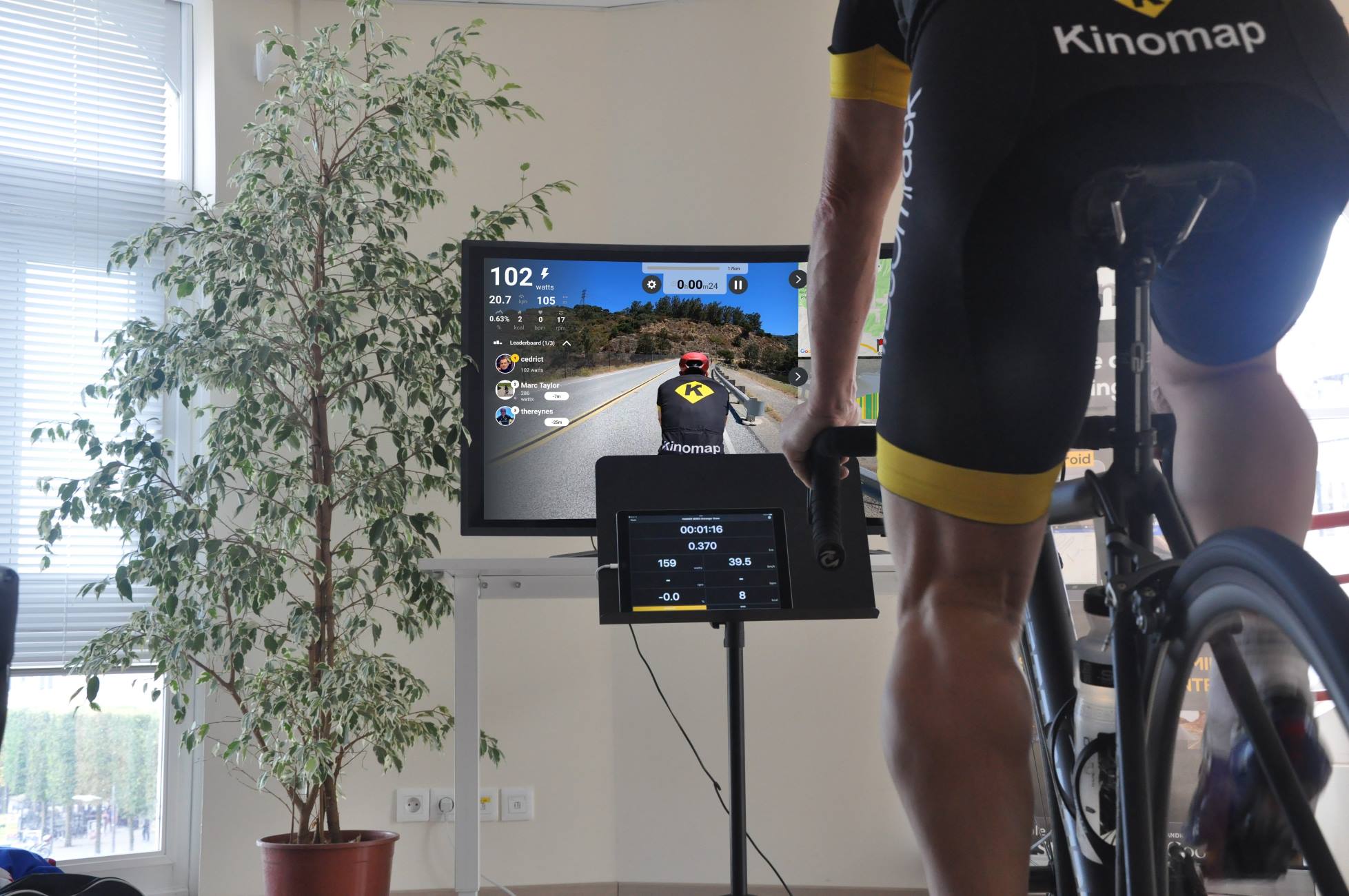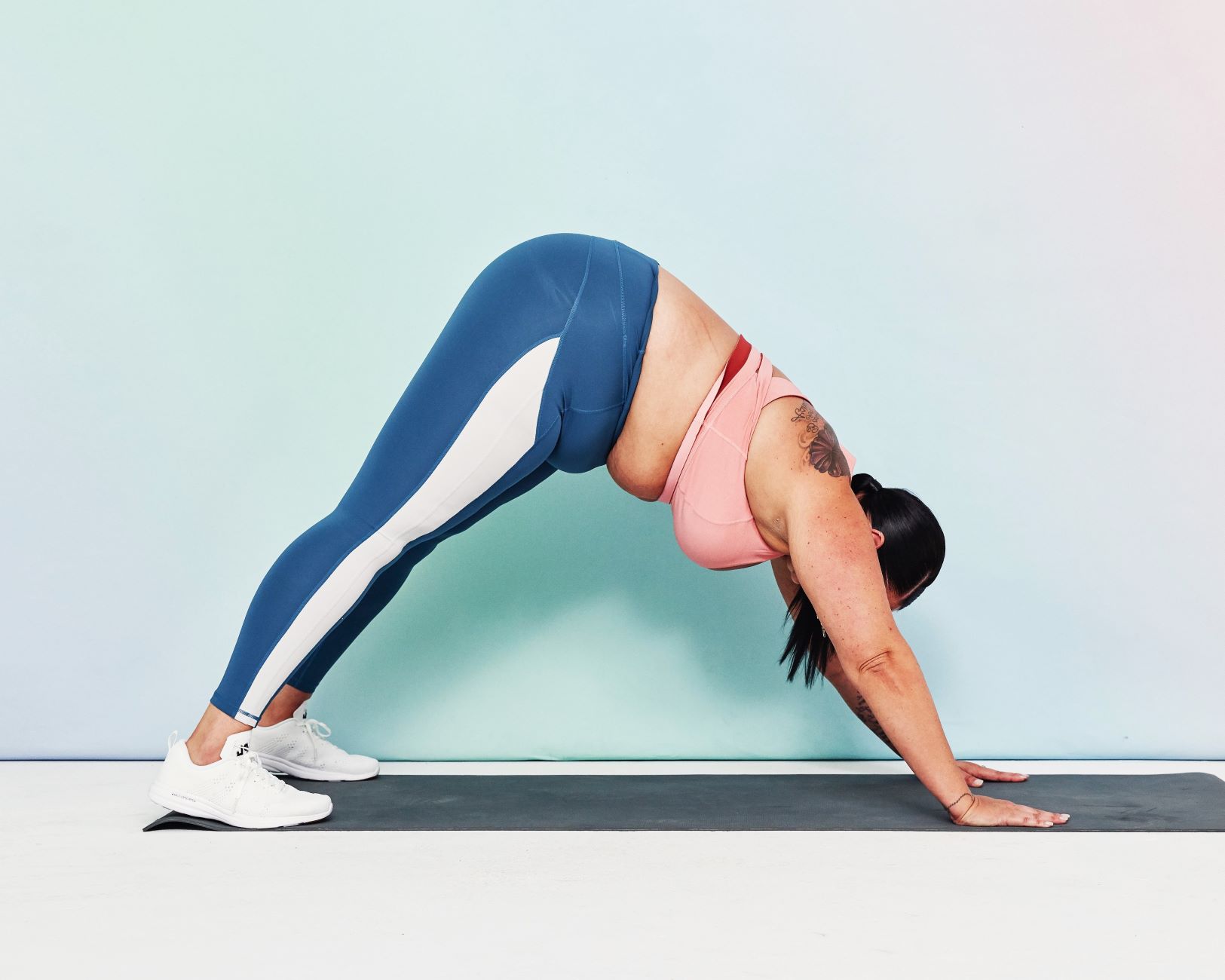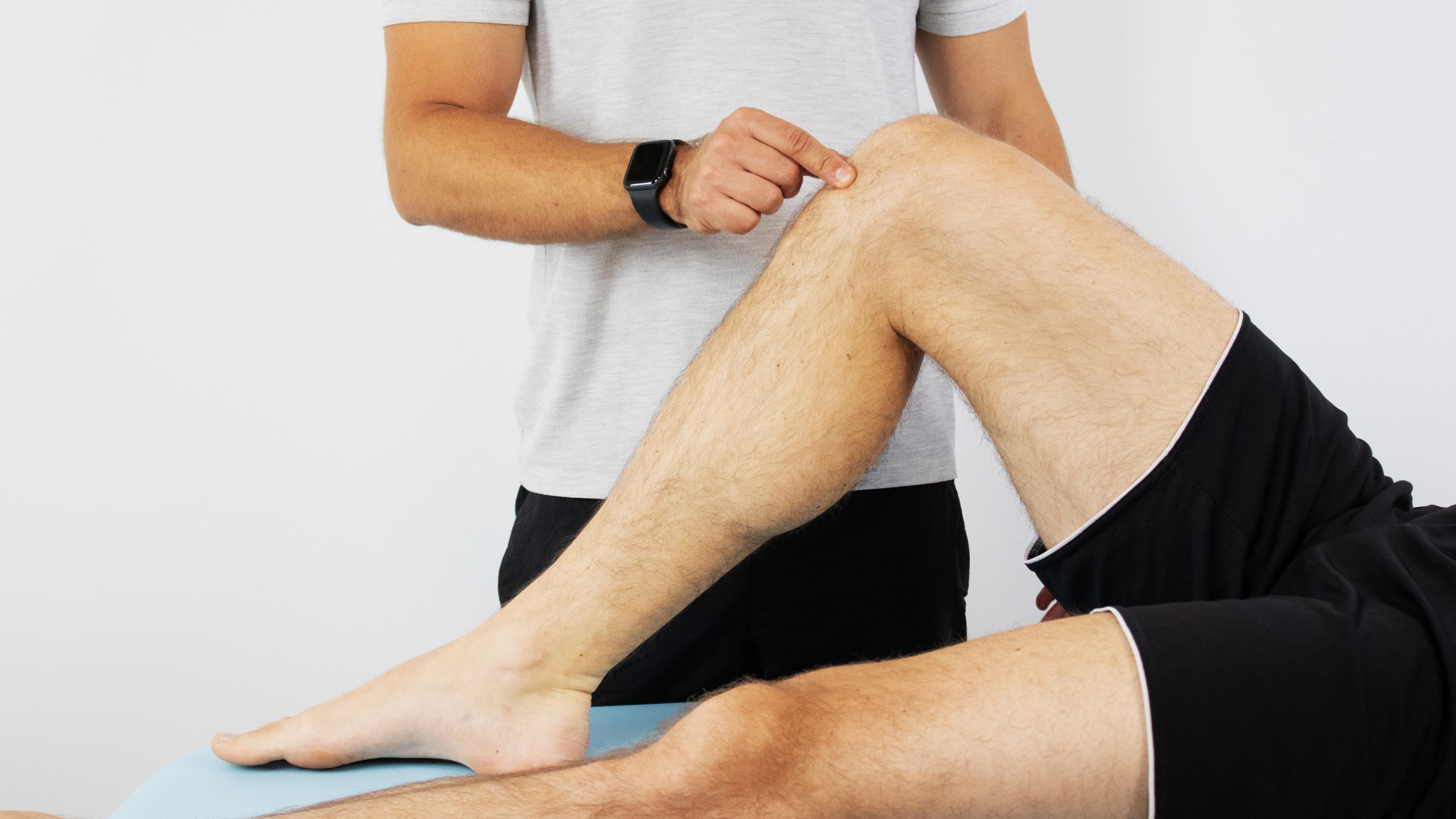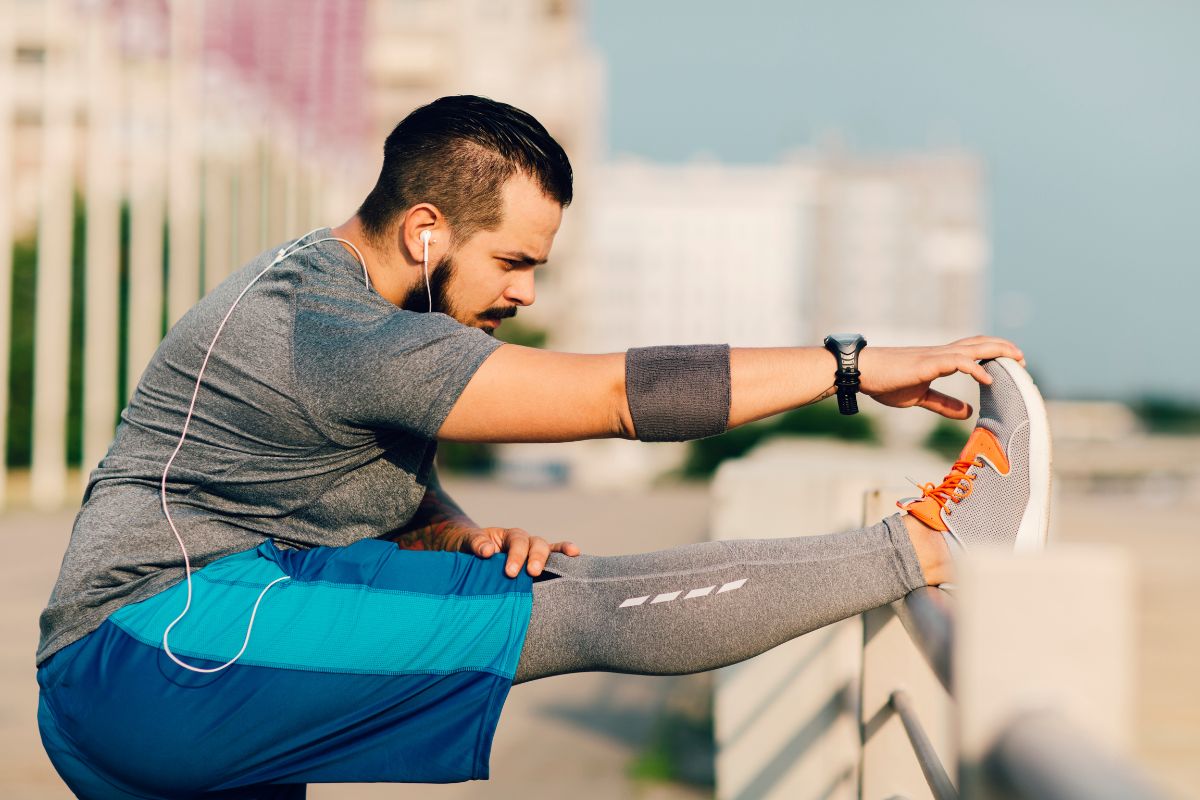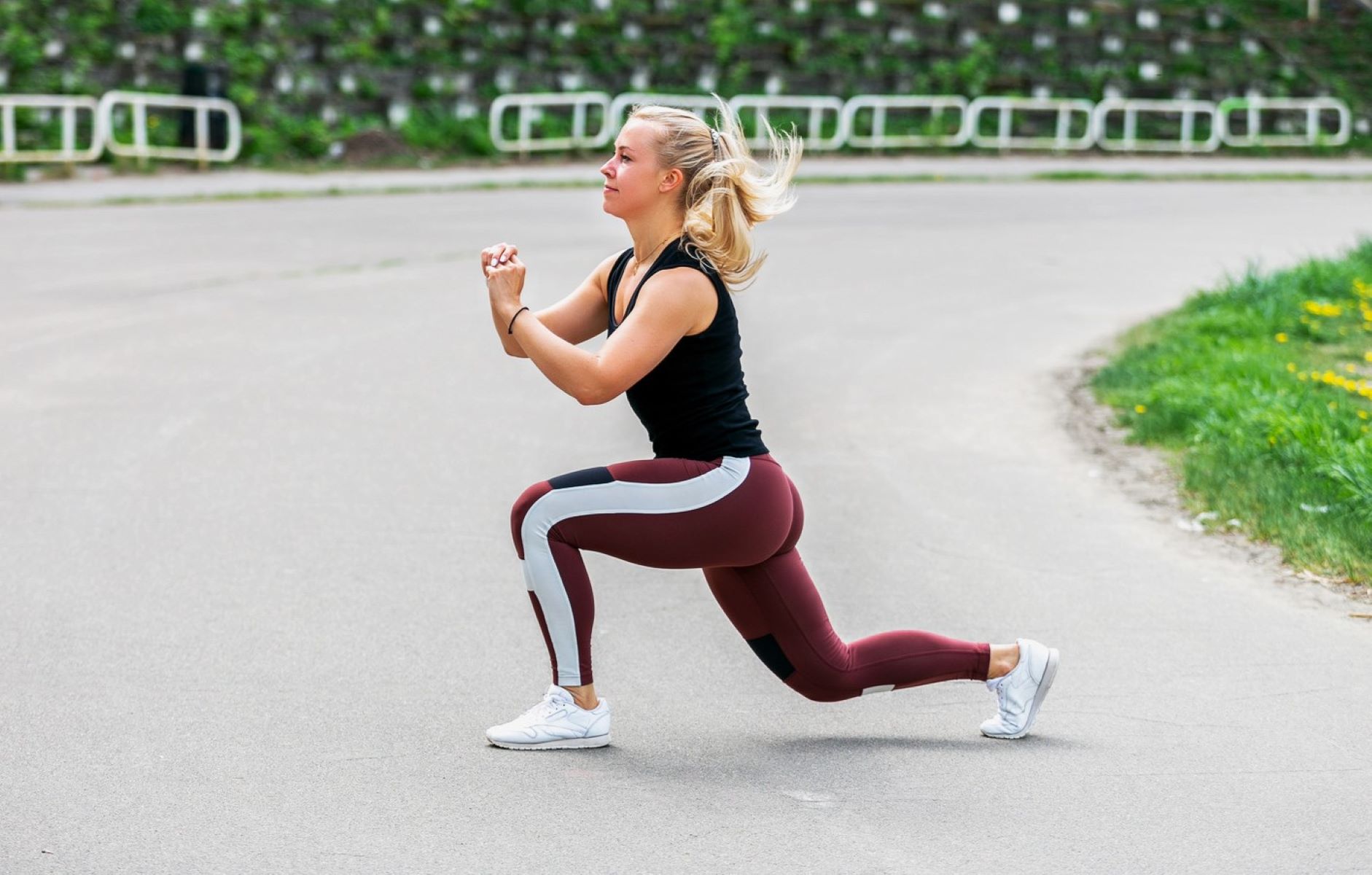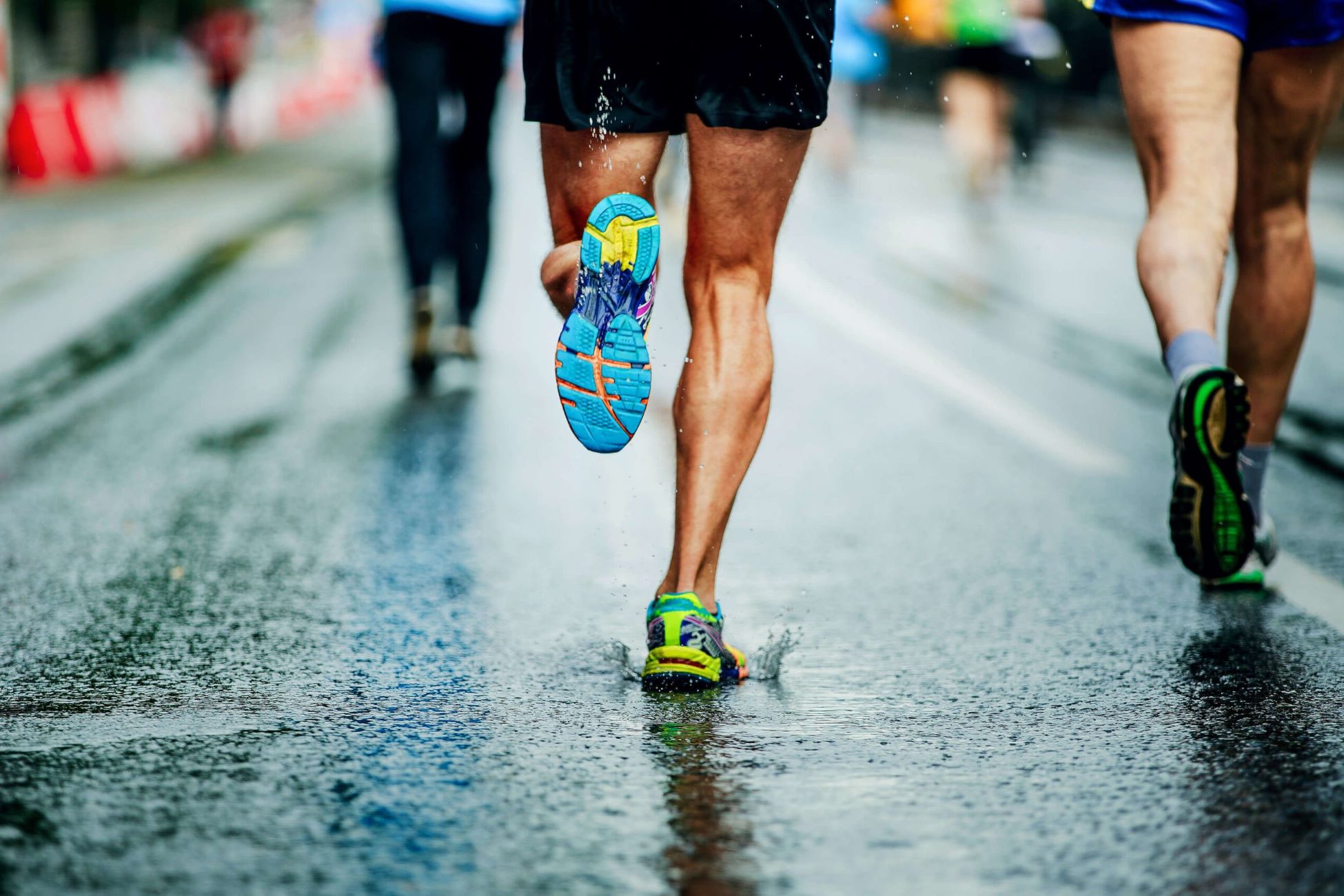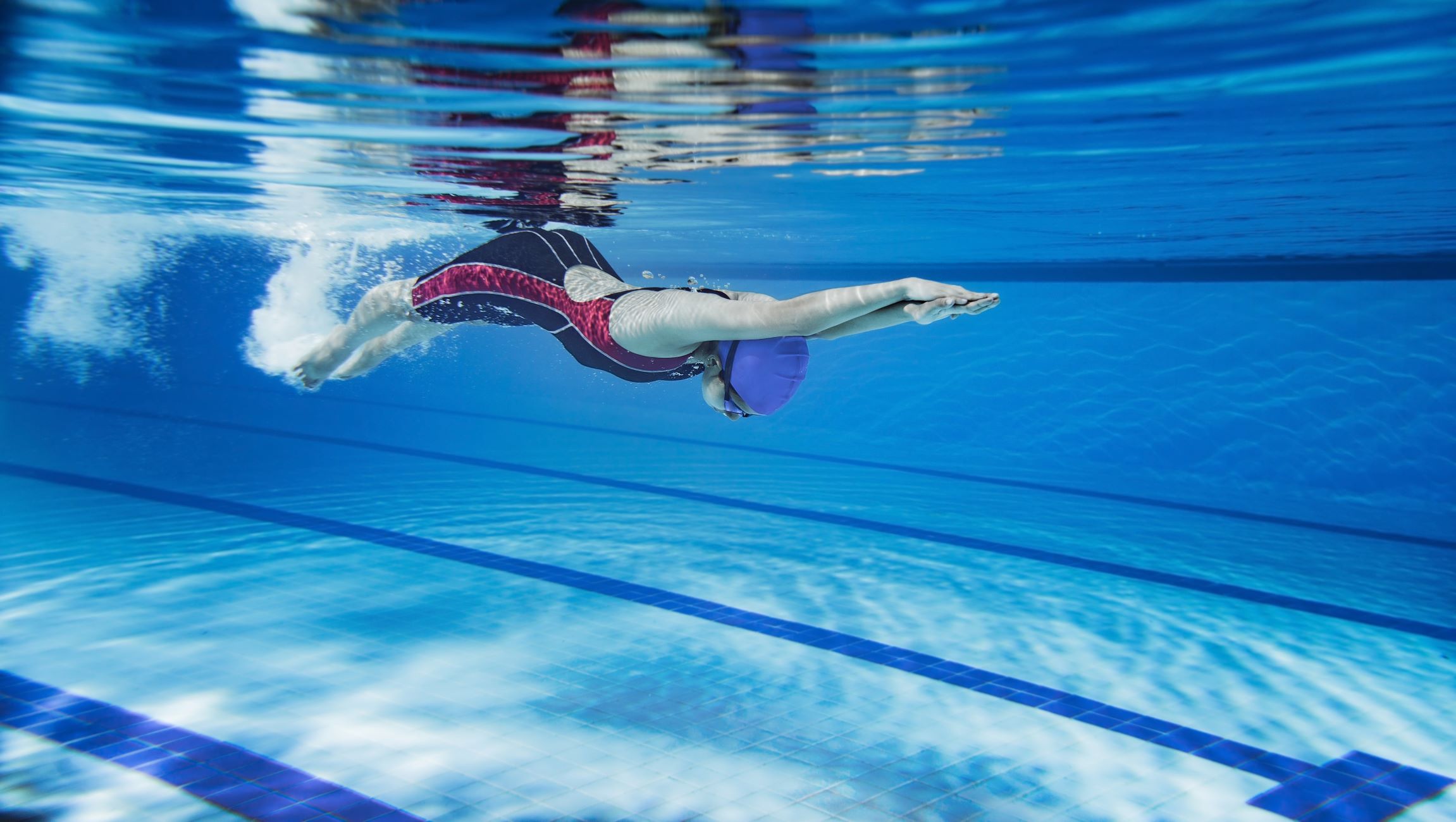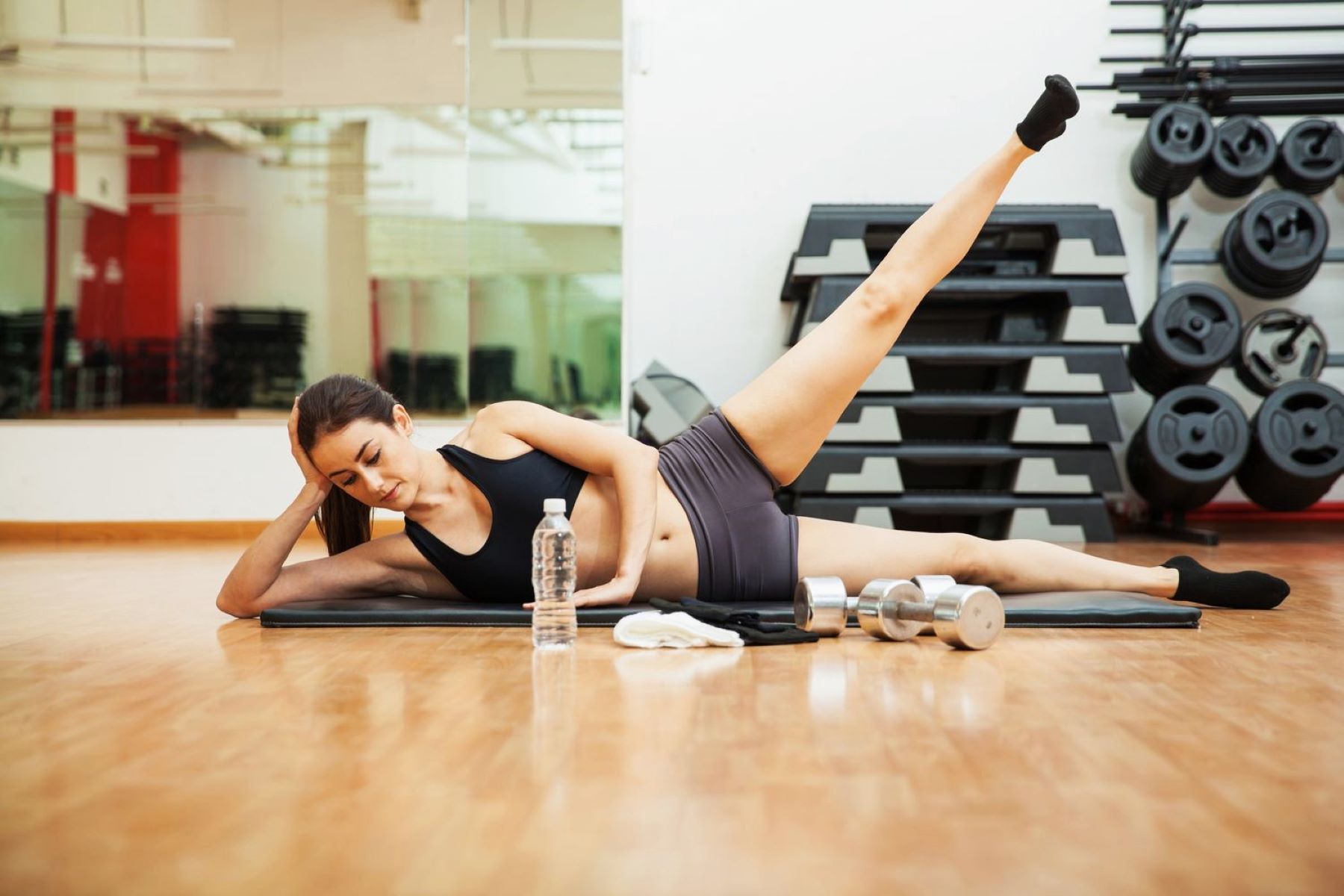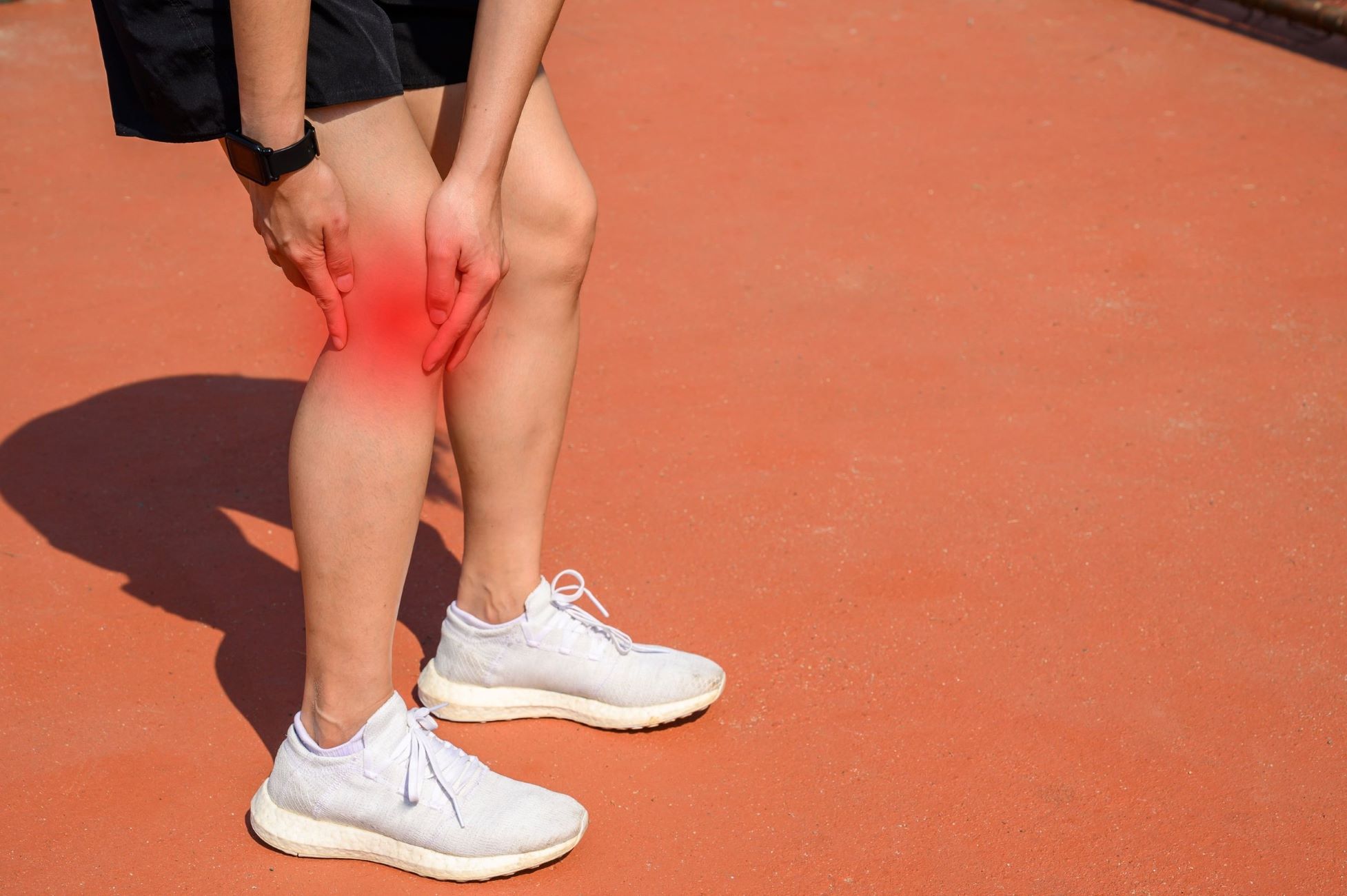Home>Training & Techniques>Mastering The Single-Leg Squat: A Must For All Runners
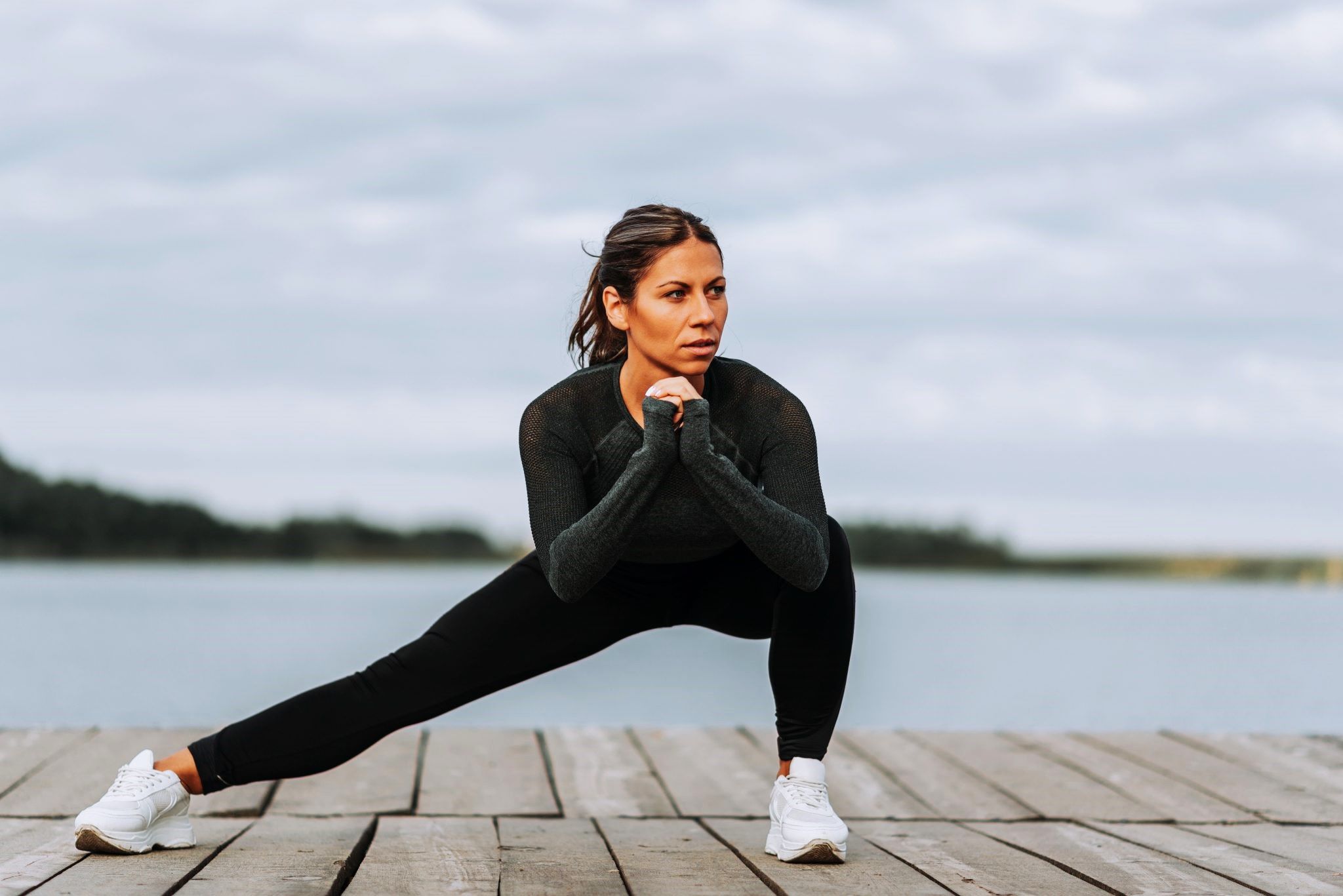

Training & Techniques
Mastering The Single-Leg Squat: A Must For All Runners
Published: March 1, 2024
Learn the essential training & techniques for mastering the single-leg squat, a must for all runners. Improve strength, stability, and performance with expert guidance.
(Many of the links in this article redirect to a specific reviewed product. Your purchase of these products through affiliate links helps to generate commission for Therunningadvisor.com, at no extra cost. Learn more)
Table of Contents
Benefits of the Single-Leg Squat for Runners
The single-leg squat is a powerhouse exercise that offers a myriad of benefits for runners. Whether you're a seasoned marathoner or a casual jogger, incorporating single-leg squats into your training regimen can significantly enhance your running performance and overall lower body strength. Here are the key benefits of integrating this exercise into your routine:
-
Improved Balance and Stability: Running is a high-impact activity that places substantial demands on your lower body. By performing single-leg squats, you engage stabilizing muscles in your hips, knees, and ankles, thereby enhancing your balance and stability. This is crucial for runners, as it can help reduce the risk of injuries and improve overall running efficiency.
-
Enhanced Leg Strength: The single-leg squat targets the quadriceps, hamstrings, glutes, and calf muscles, providing a comprehensive lower body workout. Strengthening these muscle groups is essential for generating power and propulsion during each stride while running. As a result, you may experience improved speed and endurance, allowing you to tackle longer distances with greater ease.
-
Injury Prevention: Weakness or muscle imbalances in the lower body can predispose runners to a range of injuries, such as IT band syndrome, patellofemoral pain syndrome, and Achilles tendonitis. By incorporating single-leg squats into your training, you can address these weaknesses and reduce the likelihood of developing common running-related injuries.
-
Functional Strength: Unlike traditional squats, the single-leg squat mimics the unilateral nature of running, making it a highly functional exercise for runners. This movement pattern closely replicates the actions of each leg during the running gait, thereby improving the specific strength and coordination required for optimal running performance.
-
Core Activation: Maintaining a stable core is essential for efficient running mechanics. The single-leg squat engages the core muscles to stabilize the pelvis and maintain proper alignment throughout the movement. This not only contributes to improved running form but also helps prevent excessive strain on the lower back and hips.
Incorporating single-leg squats into your training routine can yield significant benefits for runners of all levels. By enhancing balance, strength, and injury resilience, this exercise serves as a valuable addition to any runner's arsenal, ultimately contributing to improved performance and long-term running success.
Common Mistakes to Avoid When Performing the Single-Leg Squat
Mastering the single-leg squat requires attention to detail and a focus on proper form. While this exercise offers numerous benefits, it's essential to be mindful of common mistakes that can compromise its effectiveness and increase the risk of injury. By understanding and avoiding these pitfalls, you can optimize your single-leg squat technique and maximize its impact on your running performance.
1. Allowing the Knee to Collapse Inward
One of the most prevalent mistakes during single-leg squats is the inward collapse of the knee. This movement pattern places excessive stress on the knee joint and can lead to instability and potential injury. To prevent this, focus on maintaining proper alignment by ensuring that the knee tracks in line with the toes throughout the movement. Engaging the hip and glute muscles can help stabilize the knee and promote a safer squatting motion.
2. Insufficient Depth in the Squat
Incomplete range of motion during single-leg squats can limit the exercise's effectiveness. Failing to achieve adequate depth reduces the engagement of key lower body muscles and diminishes the overall strength-building potential. Aim to lower your body until the thigh is parallel to the ground, ensuring that you fully activate the quadriceps, hamstrings, and glutes. Gradually increasing your depth as strength improves is crucial for reaping the full benefits of this exercise.
3. Overarching or Rounding the Lower Back
Maintaining a neutral spine is essential for proper single-leg squat execution. Arching the lower back excessively or rounding it during the movement can lead to spinal misalignment and increase the risk of lower back strain. Focus on bracing your core and keeping your spine in a stable, neutral position throughout the squat. This not only enhances the effectiveness of the exercise but also minimizes the potential for back discomfort.
4. Lack of Control and Stability
Performing single-leg squats with inadequate control and stability can compromise the exercise's impact and increase the risk of injury. Rushing through the movement or allowing excessive wobbling can detract from the targeted muscle engagement and limit the exercise's effectiveness. Prioritize control and stability by executing the squat in a slow and deliberate manner, focusing on maintaining balance and control throughout the entire range of motion.
5. Neglecting Proper Foot Placement
The positioning of your foot during single-leg squats significantly influences the exercise's efficacy and safety. Placing excessive pressure on the toes or allowing the heel to lift off the ground can disrupt balance and compromise the stability of the movement. Ensure that your foot remains firmly planted, distributing the weight evenly across the entire foot to promote stability and proper muscle activation.
By being mindful of these common mistakes and actively working to avoid them, you can refine your single-leg squat technique, minimize the risk of injury, and maximize the exercise's benefits for your running performance. Emphasizing proper form and alignment is key to harnessing the full potential of the single-leg squat as a valuable addition to your training regimen.
How to Progressively Build Strength for the Single-Leg Squat
Mastering the single-leg squat is a progressive journey that requires a strategic approach to building lower body strength and stability. Whether you're a novice or seasoned athlete, implementing a structured progression plan is essential for developing the necessary muscle strength and control to perform this challenging exercise effectively. Here's a comprehensive guide on how to progressively build strength for the single-leg squat:
1. Establish a Solid Foundation
Before delving into single-leg squats, it's crucial to establish a solid foundation of lower body strength and stability. Begin by incorporating bilateral squat variations, such as bodyweight squats, goblet squats, and barbell squats, into your training routine. These exercises help develop overall lower body strength, enhance muscle coordination, and prepare your body for the unilateral demands of the single-leg squat.
Read more: The Importance Of Jump Squats For Runners
2. Master the Split Squat
The split squat serves as an intermediate step in the progression towards the single-leg squat. This exercise involves positioning one foot forward and the other foot back, lowering your body into a lunge-like position, and then returning to the starting position. By mastering the split squat, you can gradually acclimate your muscles and joints to the unilateral loading and stability requirements essential for the single-leg squat.
3. Utilize Assisted Single-Leg Squat Variations
Incorporating assisted single-leg squat variations can aid in developing the strength and balance necessary for unassisted single-leg squats. Utilize a suspension trainer, resistance band, or stable support to assist with balance and stability as you perform single-leg squats. This approach allows you to focus on proper form and muscle engagement while gradually reducing the level of assistance as your strength improves.
4. Implement Eccentric Single-Leg Squats
Eccentric training, which emphasizes the lowering phase of an exercise, can be particularly beneficial for building strength in preparation for single-leg squats. Focus on controlling the descent phase of the single-leg squat, gradually lowering your body under tension before using assistance to return to the starting position. This eccentric emphasis helps develop muscle control and strength, laying the groundwork for performing full single-leg squats with improved stability.
5. Gradually Increase Depth and Repetitions
As your strength and proficiency in single-leg squats improve, gradually increase the depth of your squat by lowering your body closer to the ground. Additionally, progressively add more repetitions to your sets, aiming to enhance muscular endurance and overall stability. Incrementally challenging your muscles with increased depth and repetitions fosters continuous strength development and prepares you for more advanced variations of the single-leg squat.
By following this progressive approach to building strength for the single-leg squat, you can systematically enhance lower body stability, muscle strength, and control, ultimately paving the way for proficient and injury-resistant single-leg squat performance. Embrace the journey of gradual progression, celebrate each milestone, and stay committed to the process of strengthening your body for the challenges of the single-leg squat.
Read more: Must-Have Vegetables For Runners
Incorporating the Single-Leg Squat into Your Running Routine
Integrating the single-leg squat into your running routine can yield substantial benefits, enhancing your lower body strength, stability, and overall running performance. By strategically incorporating this exercise into your training regimen, you can effectively target key muscle groups, address potential weaknesses, and elevate your running prowess. Here's a detailed exploration of how to seamlessly infuse the single-leg squat into your running routine, reaping its rewards with purposeful intent.
Assess Your Current Training Schedule
Before integrating the single-leg squat into your running routine, it's essential to assess your current training schedule and identify opportune moments for incorporating this exercise. Consider the frequency and intensity of your runs, as well as your existing strength training regimen. By understanding your training landscape, you can strategically allocate time and energy for incorporating the single-leg squat without compromising your primary running workouts.
Designate Specific Training Days
To effectively integrate the single-leg squat into your running routine, designate specific training days dedicated to lower body strength and stability. These designated days provide the ideal opportunity to focus on single-leg squat variations, allowing for adequate recovery between running sessions. By structuring your training schedule in this manner, you can prioritize the development of lower body strength while optimizing the synergistic relationship between running and strength training.
Pre-Run Activation and Warm-Up
Incorporate single-leg squats as part of your pre-run activation and warm-up routine to prepare your muscles for the demands of running. Performing a series of bodyweight single-leg squats can help activate key muscle groups, improve joint mobility, and enhance neuromuscular coordination. This proactive approach primes your lower body for the ensuing run, promoting optimal muscle engagement and reducing the risk of injury.
Post-Run Strength Training Integration
Following your running sessions, seamlessly integrate single-leg squats into your post-run strength training routine. Leveraging the fatigue-resistant state of your muscles post-run, engage in single-leg squat variations to capitalize on the heightened muscle activation and endurance. This strategic integration allows you to target specific running-related muscle imbalances and weaknesses, fostering comprehensive lower body strength development.
Progressive Integration and Variation
Embrace a progressive approach to integrating the single-leg squat into your running routine, gradually increasing the volume and intensity of this exercise over time. Begin with foundational variations, such as bodyweight single-leg squats, and progressively incorporate advanced variations, such as weighted single-leg squats and plyometric single-leg squats. This deliberate progression cultivates continuous lower body strength development, aligning with the evolving demands of your running routine.
Holistic Training Synergy
View the integration of single-leg squats into your running routine as a means of fostering holistic training synergy. Recognize the interconnectedness of running performance and lower body strength, understanding that the benefits of single-leg squats extend beyond isolated muscle development. By embracing this holistic perspective, you can optimize your running routine, fortify your body against potential imbalances, and elevate your overall athletic capabilities.
By thoughtfully incorporating the single-leg squat into your running routine, you can harness its transformative potential, fortifying your lower body and enhancing your running performance. Embrace the strategic integration of this exercise, recognizing its role in cultivating balanced strength, injury resilience, and running-specific muscle coordination. With purposeful intent and a commitment to seamless integration, the single-leg squat can become a cornerstone of your running routine, propelling you toward greater athletic achievements.
Tips for Proper Form and Technique for the Single-Leg Squat
Mastering the single-leg squat requires meticulous attention to form and technique to maximize its effectiveness and minimize the risk of injury. Proper execution of this exercise is essential for targeting the intended muscle groups and reaping its full benefits. Here are essential tips to ensure proper form and technique when performing the single-leg squat:
-
Maintain Proper Alignment: Throughout the single-leg squat, focus on maintaining proper alignment of the knee, hip, and ankle. Avoid allowing the knee to collapse inward, as this can place undue stress on the joint. Instead, ensure that the knee tracks in line with the toes, promoting optimal stability and reducing the risk of injury.
-
Engage Core Muscles: Prioritize core engagement to stabilize the pelvis and maintain a neutral spine during the single-leg squat. Activating the core muscles not only enhances overall stability but also minimizes the risk of lower back strain. Focus on bracing the core throughout the movement to promote proper alignment and muscle activation.
-
Control the Descent: Emphasize controlled movement during the lowering phase of the single-leg squat. Avoid rapid descents or sudden drops, as these can compromise muscle engagement and increase the risk of injury. Lower your body in a deliberate and controlled manner, maintaining tension in the targeted muscles throughout the descent.
-
Focus on Foot Placement: Pay attention to the positioning of your foot to ensure proper weight distribution and stability. Keep the entire foot grounded, avoiding excessive pressure on the toes or allowing the heel to lift off the ground. By distributing the weight evenly across the foot, you can optimize stability and promote balanced muscle activation.
-
Achieve Adequate Depth: Strive to achieve sufficient depth in the single-leg squat to fully engage the quadriceps, hamstrings, and glutes. Lower your body until the thigh is parallel to the ground, ensuring that you maximize the range of motion and muscle activation. Gradually work towards increasing your depth as your strength and flexibility improve.
-
Maintain Control and Stability: Focus on executing the single-leg squat with deliberate control and stability throughout the entire range of motion. Avoid excessive wobbling or loss of balance, as these can detract from the exercise's effectiveness. Prioritize smooth and controlled movement, emphasizing stability and muscle engagement.
By adhering to these essential tips for proper form and technique, you can optimize the effectiveness of the single-leg squat while minimizing the risk of potential injuries. Consistent attention to form and technique is paramount for reaping the full benefits of this exercise, ultimately contributing to enhanced lower body strength, stability, and running performance.

